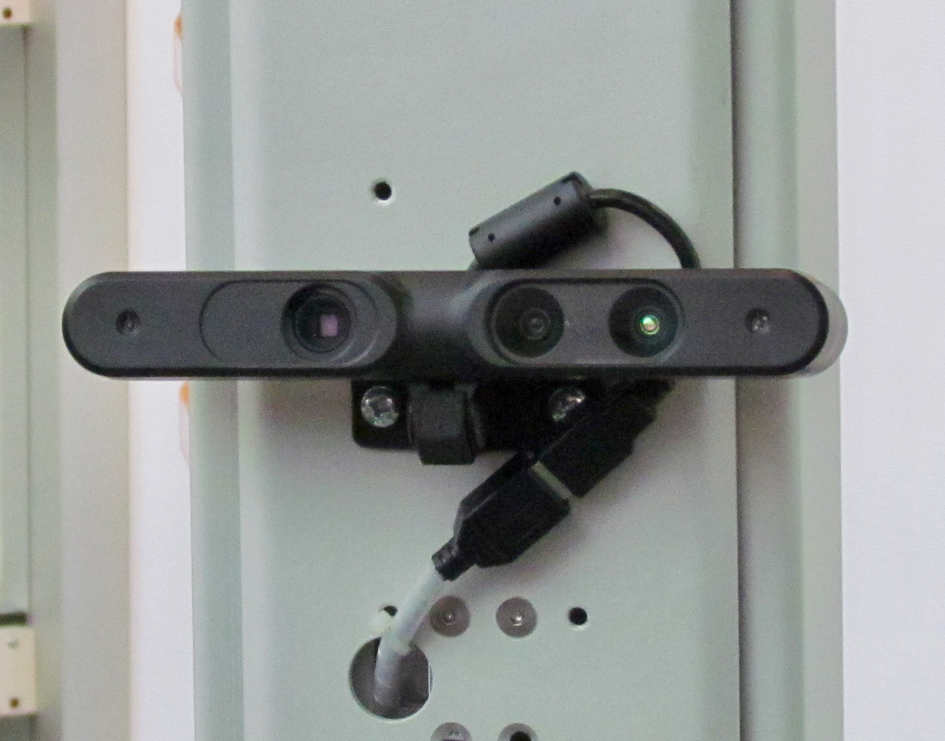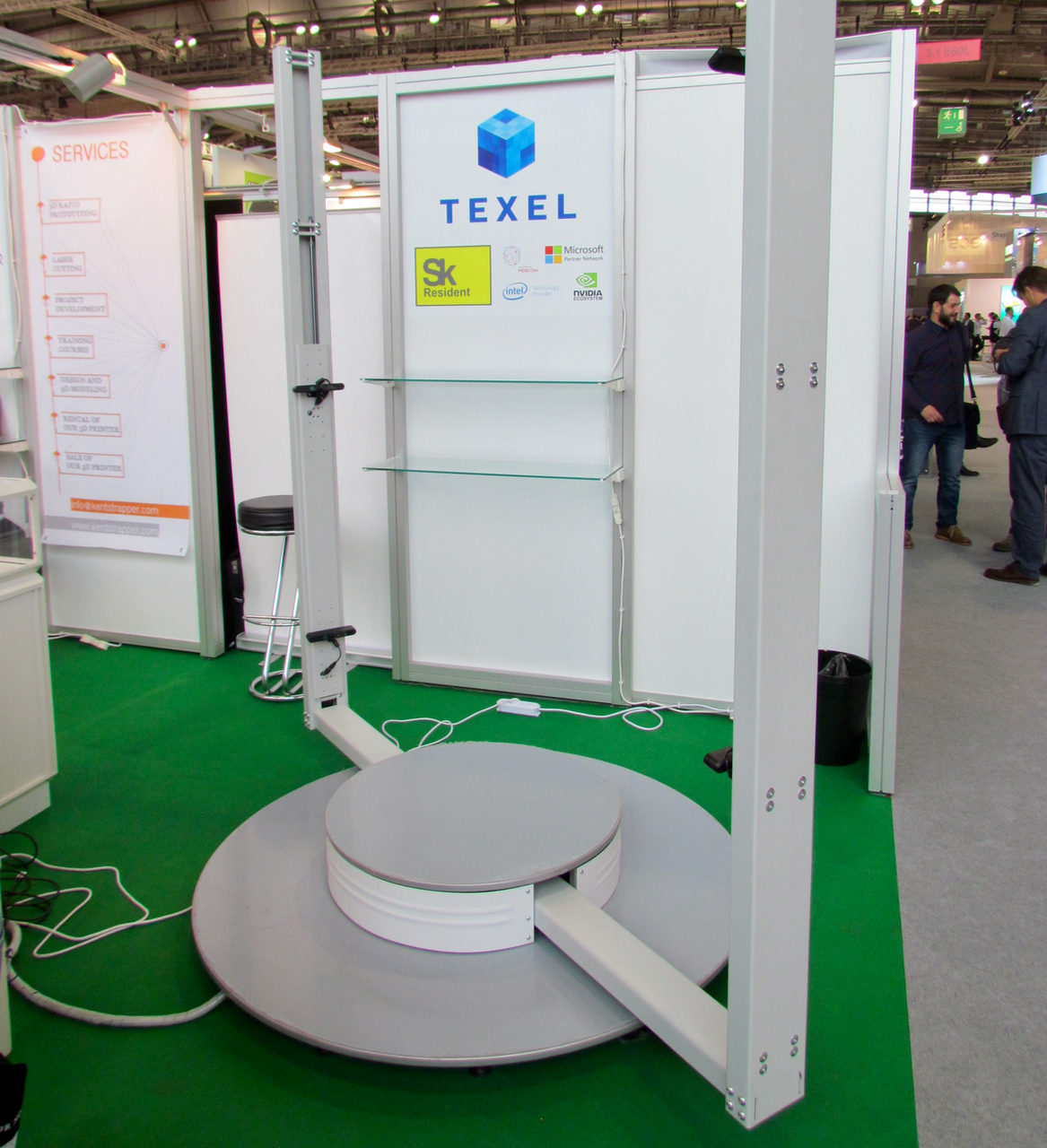
Moscow-based Texel has produced a very “flexible” 3D body scanner called “Portal”.
The device provides an ability to rapidly capture a 3D scan of a life-size human body: you step inside and the scanning takes place. The company has been selling their “Gen 1” system for about two years now, but is now selling “Gen 2”.
The patented system works by combining two different motion systems with scanners. As you can see in the video below, the scanner poles rotate around the Z-axis to provide a full 360 view of the subject. Also, the scanners move up and down the poles to enable views of all nooks and crannies as may occur in the human form.
Applications for this technology are varied, and while including “vanity” 3D shots for personal 3D printed figurines, could also include such functions as automated clothes fitting: imagine a 3D scan of a human body is taken. This scan could then have prospective clothes digitally applied to simulate a proper fit on the subject.
But what is most interesting to me is the price of this system. According to Texel reps, the price of the “Gen 2” system is €15-20,000 (USD$16-21,000). While this is a bit more than you’d pay for say, a professional engineering 3D printer, it is vastly less than the price of many other body scanners I’ve seen, which may cost more than USD$120,000 each.

How does Texel do this? Their system design is “flexible”. It’s actually sensor agnostic! You are able to plug in theoretically any 3D sensors that use USB connections. In our visit, they happened to be using ASUS sensors.
This enables the operator to use sensors of any capability they require. And the dual motion system reduces the number of sensors required significantly to only four. Some 3D body scanners require a dozen or more scanners. I’ve even seen units have 50+ DSLR cameras installed, which is obviously very expensive.
There is a quality cost for this financial saving, however. When many sensors are used, they can be triggered simultaneously, making it possible to swiftly capture a 3D model of an uncooperative moving subject.
However, if your subjects are calm, rational humans, the Texel Portal should work just fine.
Via Texel

